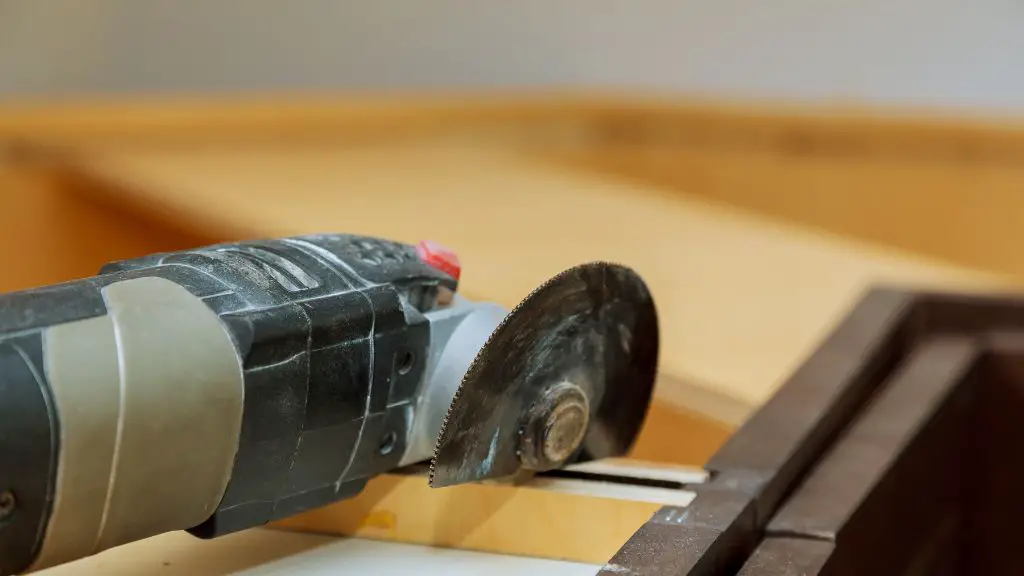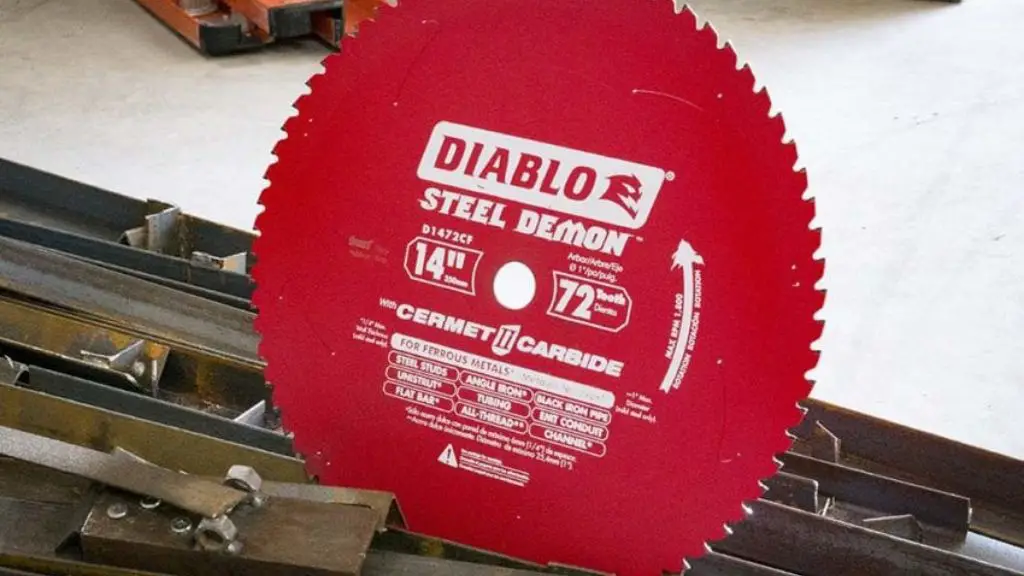Cutting trees is stressful, but the most challenging part of the process is keeping the sap off your saw blade. Tree sap sticks to the saw blade and accumulates on the blade during the process. The sap causes the blades to heat up and restricts the movement of the blade. In addition, the tree sap prevents the blade from working if you don’t remove it.
If you are experiencing this issue, you may wonder how to remove tree sap from a saw blade. Well, you can achieve this through different methods.
Here are the methods for getting rid of tree sap on a saw blade:
- Clean the Blade With Mineral Spirits
- Soak the Blades in Alcohol
- Spray the Blade With a Solvent or Lighter Fluid
- Peel the Sap Away With Glue and Heat
- Sand the Blade With a Sandpaper
The article outlines and explains the methods you should use to get tree sap off your saw blade. All these methods involve cleaning, soaking, peeling, sanding, and spraying the blades with different materials.
Five Methods to Removing Tree Sap From Your Saw Blade
The ultimate goal of using a saw blade is to cut trees into several valuable sizes and shapes. So, an efficient saw blade is crucial to this procedure. Although the saw blade effortlessly helps to achieve the goal, tree sap sticking and clogging the blades sometimes is inevitable.
Still, keeping your blades clean before the tree sap causes severe damage is best. First, you need to check the amount of tree sap on your saw blades. Then, you can choose any of the methods outlined below to see the most effective one.
1. Clean the Blade With Mineral Spirits
It is vital to carry out this process in a well-lighted environment. You will need mineral spirits, a scraper or sharp tool, and a clean cloth or rag. It is best to avoid using synthetic cloth material because it can damage the blade.
First, soak the clean cloth or rag in some mineral spirits. Then, remove the cloth and wring out the liquid until there is no single drop of it left in the cloth. Finally, wrap the cloth around the saw’s blades without exposing any side.
Leave the blades wrapped for ten minutes for the tree sap to soften. Next, unwrap the saw blades, then use the scraper or any sharp tool to scrape the sap off progressively. Keep scraping until you remove all of the sap.
If there are still traces of sap on the blade, use a small paintbrush to apply more mineral spirits to the blade. Then, wipe the blades with the brush till there is no more sap on them. Finally, rinse the saw’s blade with some soap and water solution or warm water.
Then, please leave it to completely air dry before storing. You can use the blade again once it is dry, but you must ensure there are no lingering mineral spirits on the surface. It could damage the blade if cut with mineral spirits on the surface.
2. Soak the Blades in Alcohol
A second method you can use to remove the tree sap is to soak the blade in alcohol or organic solvent like acetone solution. Soak the blade overnight to soften the sap stuck on it. Then remove the sap with a scraper or any sharp object. Finally, clean the blade with a clean cloth and leave it to dry completely before using it again.
3. Spray the Blade With a Solvent or Lighter Fluid
Using a solvent to remove the tree sap from your saw blade is best. However, it is a dangerous method, so you need to wear gloves and protective goggles. Instead, you can use a solvent like AWD-40 Multi-Use product; it is effective and gentle on your blades.
Spray some solvents on the saw blade and leave it for ten to fifteen minutes. Then, use a high-density bristle brush to thoroughly scrub the sap off the blade. Next, rinse the blade in warm water and soap mixture, then wipe it dry with a soft clean cloth. Finally, let the blade dry entirely before using it to cut again.
You should avoid using harsh chemicals or paint thinner as a solvent to remove the tree sap. It could cause severe permanent damage to your blade, discoloration, corrosion, and rusting.
Alternatively, you can use some lighter fluid if you have no solvent. It is also effective in removing the sap; you only need to use it the same way as a solvent. However, the lighter fluid is flammable and dangerous. It is best to stay away from open flames and any other heat source if you are using it.
4. Peel the Sap Away With Glue and Heat
Coating the blade with some glue is the simplest way to remove tree sap from it. The method is quite adequate, and the materials are easy to get. Moreover, it is the fastest method if you want to save time removing the tree sap from your blade.
First, apply some glue to the blade and coat it thoroughly until the glue covers it completely. Then, apply heat to the glue coat. You can use a hot iron to press the coated blade. The sap would peel off the blade naturally if the iron were hot enough. You can then clean the blade with some soft clean cloth.
5. Sand the Blade With a Sandpaper
Sandpaper or scraper is effective if you don’t have a solvent or solution to clean the blade. All you have to do is sand or scrape the blades clean of sap. However, this method may not give you the best result, and you would be unable to get all the sap off the blade. Plus, sanding the blades of a saw is rough and stressful.
Additionally, it is essential to note that you should refrain from rinsing your saw blades with hot water. Although it could damage the blade, you should use warm water regardless of your method. Also, it would help if you always allowed the blade to air dry properly before storing or using it again.
Conclusion
Removing tree sap from your saw blade is a straightforward procedure you can do yourself. The procedure requires no particular skill, and the materials are easily accessible. So, you can keep your saw blades when tree sap accumulates on them.
Although, you should always clean the blade after every tree or log cutting process. It would prevent the sap from sticking and clogging and your blades from working.
I hope that you found this article helpful and that you’ve removed tree sap from your saw blade. But, of course, you should always use the comfortable method for the best results.

I have always loved sawing and cutting. I started doing it when I was a kid and never stopped. I love the feel of the wood beneath my hands, the smell of the sawdust, and the satisfaction of creating something beautiful.
I’ve been writing for quite some time now and thoroughly enjoy sharing my passion with others. I’ve written for both online and offline publications – such as Amazon and Medium.





